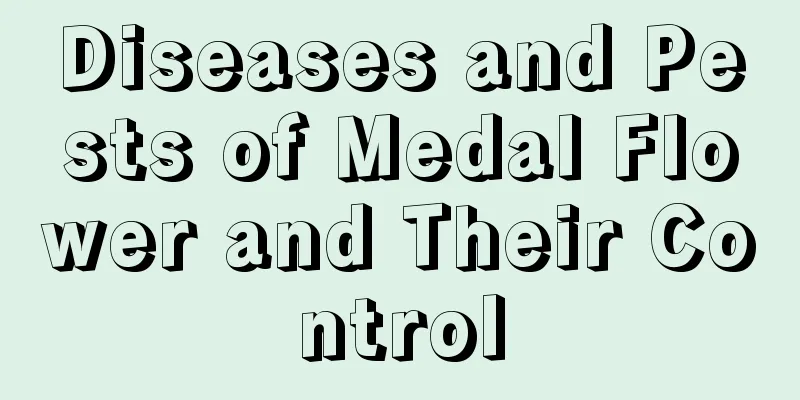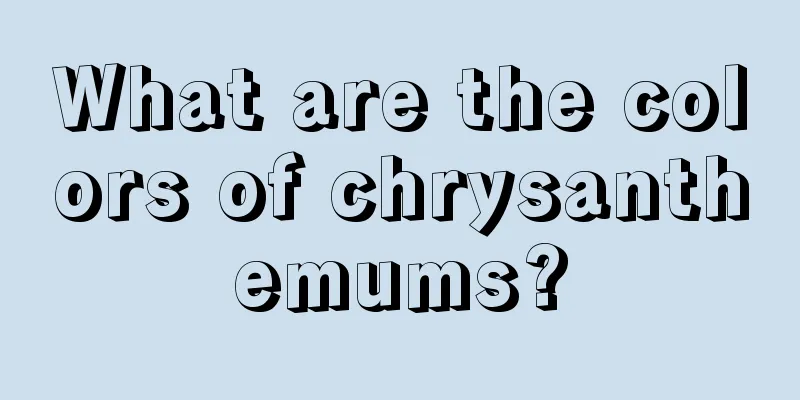Diseases and Pests of Medal Flower and Their Control

Common diseases and prevention methods of medal flowersLeaf spotThe most common disease of medallion flower is leaf spot. Leaf spot disease is actually best treated by prevention, and a combination of prevention and treatment is better. The best way is to take preventive measures before the disease occurs. In daily management, good management and reasonable maintenance are necessary to ensure the healthy and vigorous growth of the medal flower. You can also use 1000 times diluted 25% carbendazim for foliar spraying to prevent leaf spot disease. If leaf spot disease breaks out on the medallion, you can spray the leaves with 800 times diluted 25% carbendazim or 800 times diluted thiophanate-methyl, once every 7 to 10 days, and spray 2-3 times in a row. The effect is very obvious. Botrytis cinereaGray mold can also harm the health of medallion flowers. When gray mold occurs in the medal flower, it can be treated by spraying with 1000 times diluted 70% thiophanate methyl or 1:1:100 Bordeaux mixture. Common Pests and Control Methods of Medal FloweraphidAphids are natural enemies of most plants, and they can also cause considerable harm to medallion flowers. When the medal flower is attacked by aphids, you can catch the insects manually when there are fewer insects, or you can use 2000 times of diazinon solution or 1000 times of dichlorvos solution to spray and treat it, once every 10 to 15 days. Red SpiderRed spider mites are also a common pest that harms medallion flowers. Red spider mites are more likely to break out in hot and humid weather. In daily management, ventilate more, maintain air circulation, and do not give red spider mites the opportunity to reproduce. When red spider mites are discovered, you can use 1500 times diluted 40% oxydemeton-methyl emulsifiable concentrate to spray them. Black red miteBlack red mites are also a common pest of medallion flowers. Black red mites are piercing-sucking pests and can be treated by spraying with imidacloprid and its modified formulations.
|
<<: What are the diseases and pests of potted flowers
>>: Diseases and Pests of Rieger Begonia and Their Control
Recommend
How to identify the quality of passion fruit and how to preserve it for a longer time
1. Identification Method 1. Appearance: When buyi...
What fertilizer to use for kiwi fruit
If kiwifruit is fertilized too late and the tempe...
How to grow magnolia
1. Soil Magnolia likes fertile, well-drained, sli...
How many leaves does Clivia grow normally in a year?
1. How many leaves does it have? The growth of Cl...
Can the osmanthus tree be watered with beer? How to water the osmanthus with beer water
Can the osmanthus tree be watered with beer? Beer...
Is it better to grow asparagus fern in a large or small pot? What size pot is suitable?
When growing asparagus fern, it is best to choose...
There are 3 methods of rose cuttings. Learn one and you will get 100% success!
Rose water plug Steps: 1. The water cutting metho...
How often should I water the crab claw lotus?
How often should I water the crab claw lotus? The...
What flowers are suitable to plant at the factory gate? What plants are suitable to plant at the factory gate?
It is suitable to plant flowers with purification...
What is the best month to plant cabbage?
When to plant cabbage It is more suitable to plan...
How to plant drug addict grass seeds
Introduction of drug addict grass seeds Generally...
Which month is the best to plant chayote?
Among the Cucurbitaceae plants, there is a fruit ...
When does the red spider lily bloom? Pictures of the red spider lily
1. Flowering time Normally, red spider lilies blo...
Will the red sage die in winter? Will it bloom in winter?
1. Will winter kill you? It is a plant that is ve...
How to Grow a Vanilla Orchid
1. Site selection When planting vanilla orchids, ...









